Melbourne’s population has expanded by around 2 million people this century.
Melbourne’s population is projected to grow by another 3.5 million during the next 31 years, reaching 9.0 million by 2056.
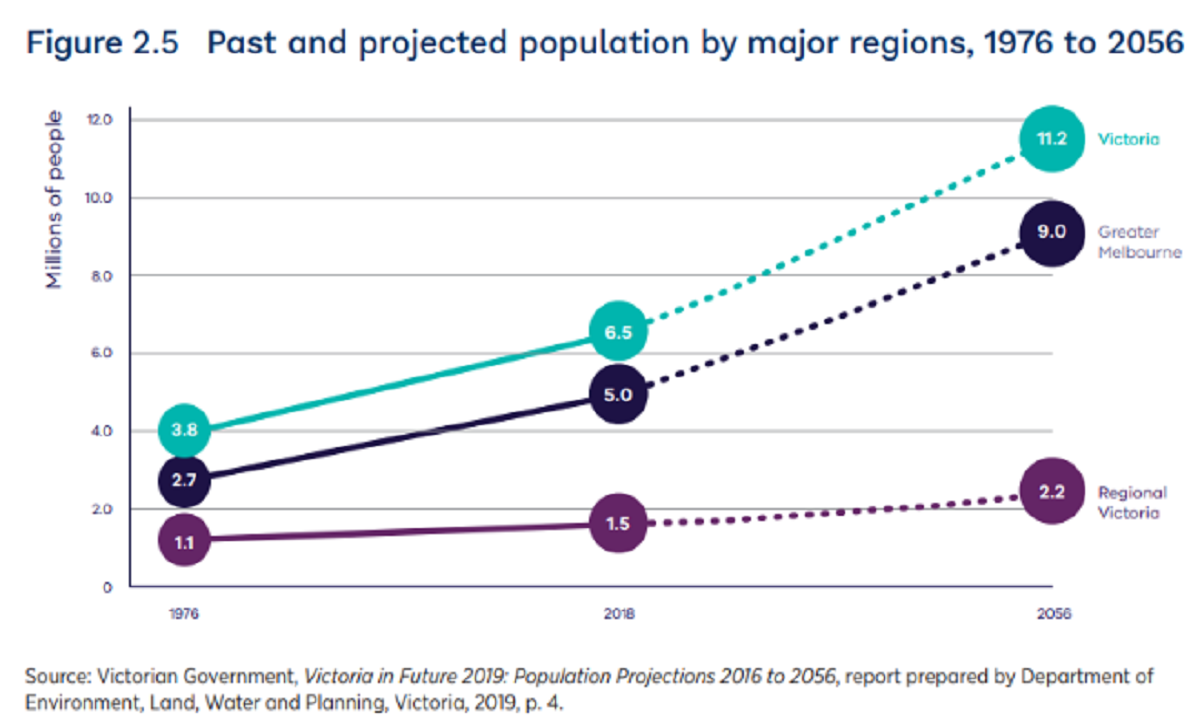
This implies that Melbourne will add 5.5 million people in just 56 years.
All Melburnians have felt the negative consequences of this population explosion.
Infrastructure has become overburdened, congestion has increased, and housing quality has deteriorated as Melburnians have been squeezed into shoebox apartments or postage-stamp-sized lots on the urban fringe.
The state government is also facing a financial catastrophe from the population boom.
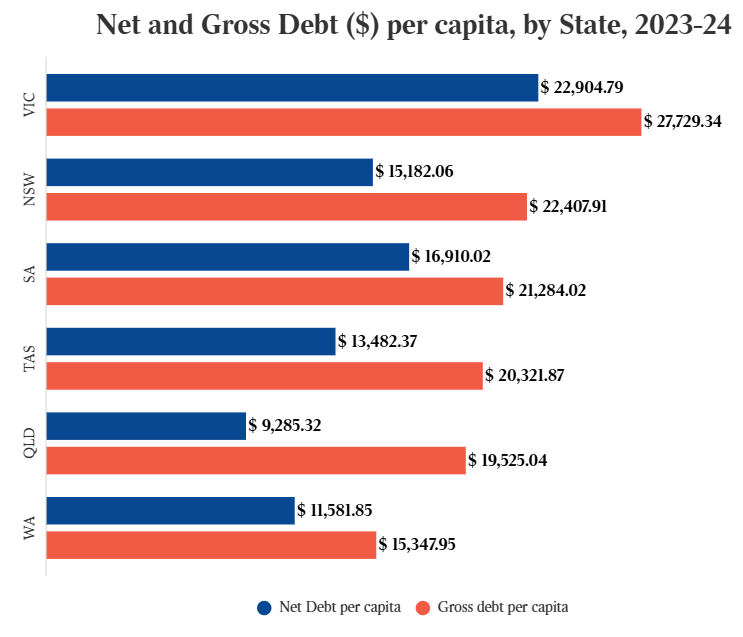
The state government has embarked on a swathe of costly infrastructure projects to keep up with the rapid population expansion. Almost every project has seen massive cost overruns, including $2.5 billion for the Metro Tunnel, $4 billion for the West Gate Tunnel, and $16 billion for the North East Link.
The Suburban Rail Loop (SRL) is the worst. It was initially estimated to cost $50 billion, but the Parliamentary Budget Office predicts that building and managing all three stages will cost more than $200 billion.
The Victorian Auditor-General’s Office recently reported that 110 major projects have cost $11 billion more than the previous year.
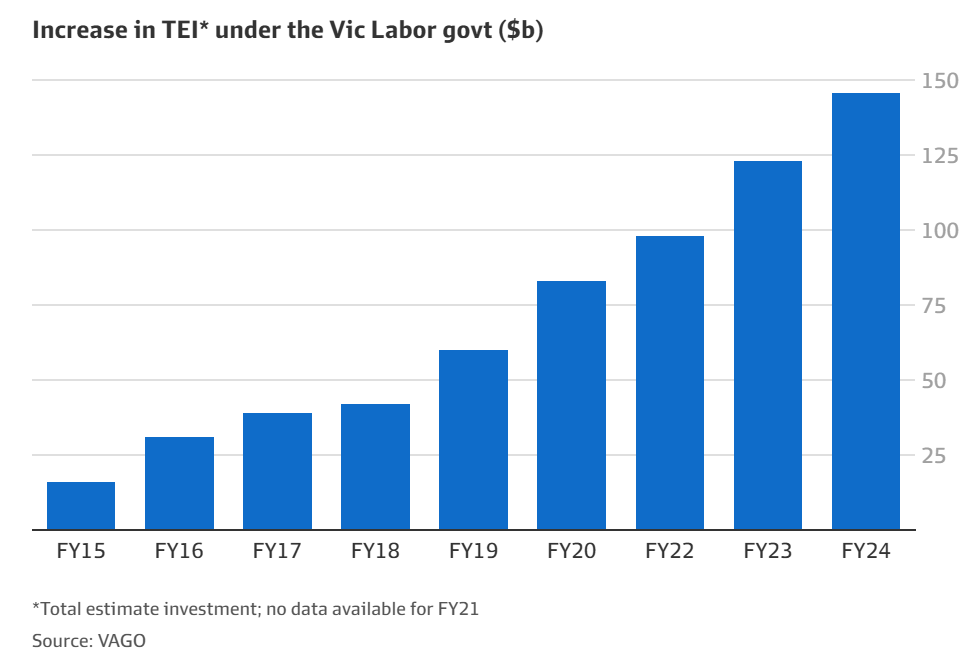
Nearly half of the 110 large projects assessed by the Auditor-General’s Office had an increase in total anticipated investment.
Meanwhile, the two major rating agencies, S&P and Moody’s, have warned that Victoria will be downgraded if the state government fails to control its debt.
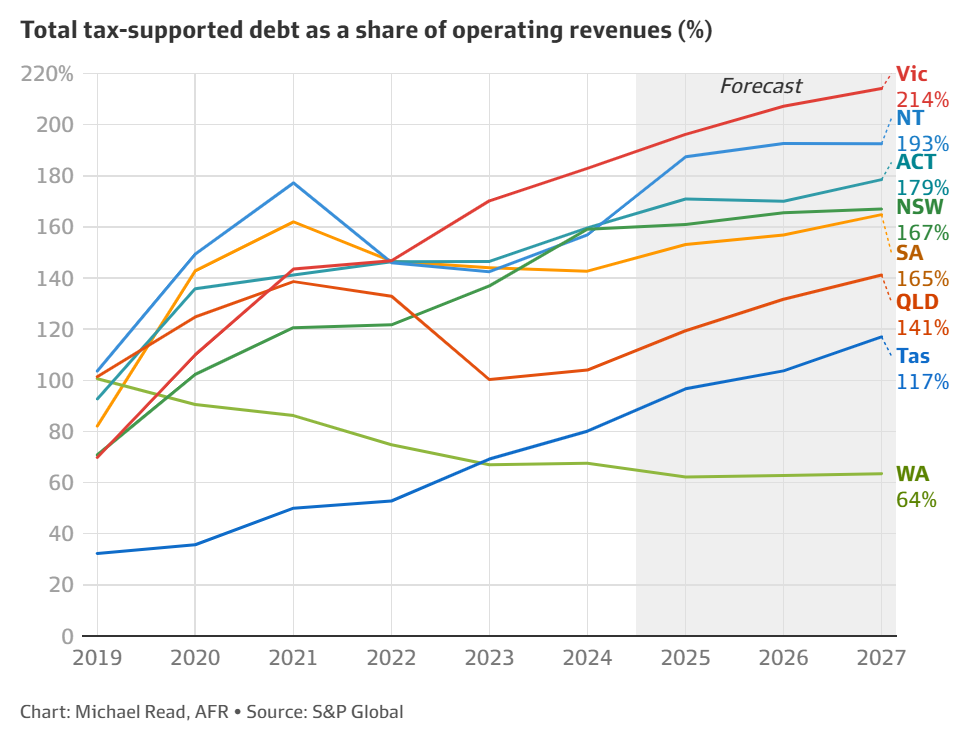
Further rating downgrades would raise interest rates and debt, necessitating additional tax rises and service cuts.
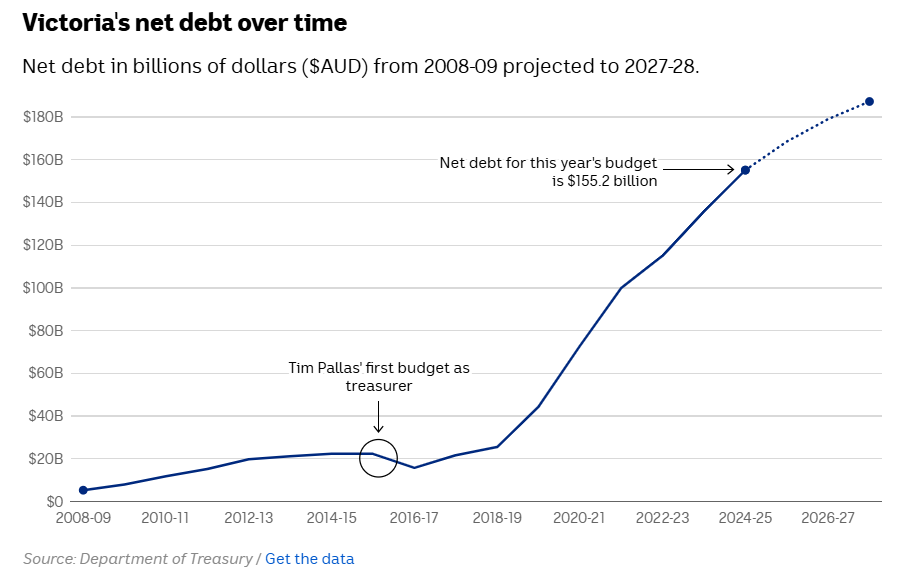
Put simply, Victoria cannot afford to increase its population by 3.5 million over the next 31 years. It would bankrupt the state.
The financial aspect is only one of the problems Victorians face. Eroded livability is the other.
Premier Jacinta Allan warned councils that the state will take away their planning rights if they do not commit to building 2.24 million additional homes (mainly apartments) in their suburbs by 2051 to accommodate future migrants.
The councils have been given until October 2026—one month out from the state election—to provide their plans.
Premier Jacinta Allan warned: “It’s simple, work with us to unlock space for more homes or we’ll do it for you.
“We’re in a housing crisis and the status quo is not an option”.
“It’s time to shake things up”.
The obvious questions that remain unanswered include:
- How will established suburbs handle the added population?
- How will schools without adequate classrooms and teachers manage more students?
- How will hospitals, which are already overloaded, manage extra patients?
- How will the sewerage systems handle extra waste?
- How will trains already packed before they reach the inner suburbs accommodate more passengers?
- How will the already packed roads deal with more cars?
The reality is that Melbourne has not provided adequate infrastructure for the 2 million people who have arrived over the last 25 years. Melbourne surely won’t provide adequate infrastructure if it adds an additional 3.5 million people as projected over the next 31 years.
As usual, the above facts were ignored by the M2050 Summit held at Town Hall on Friday.
The M2050 Summit brought together Melbourne heavyweights, residents, and business owners to flesh out a 25-year strategy to help “shape the future of our city”.
As reported by the Herald-Sun, “Underground roads, benches solely designed for meeting and talking to strangers and green leafy bridges connecting skyscrapers were just some of the ideas to come out of the M2050 Summit”.
Victorian Premier Jacinta Allan spruiked a more affordable and connected city in 25 years.
“(2050 Melbourne) is one where a nurse can afford to live close to work”, she said.
“Where a student from overseas can feel part of our society, where people starting a business can connect with the world around them”.
Liberal opposition leader Brad Battin also spruiked an ever-growing and affordable Melbourne in 2050.
“I want Melbourne in 2050 to be a city where people can afford to live”, he said.
“Where there are opportunities to develop, whether that is brownfield, greenfield or infield, all the way through this city”.
Meanwhile, a spokesperson for the City of Melbourne touted:
“We must ensure that this expansion improves our quality of life by adding to our city’s liveability, vibrancy, energy, culture, environmental sustainability, and scientific capabilities”.
“We will build an economy that is outward looking, competitive, highly skilled and that generates opportunity and growth for all”.
What planet are these dills living on? There are no plans to develop the necessary infrastructure and services to cope with the projected 3.5 million population influx.
Policymakers merely want to cram more people in and turn Melbourne into the megacity, Hellbourne.

